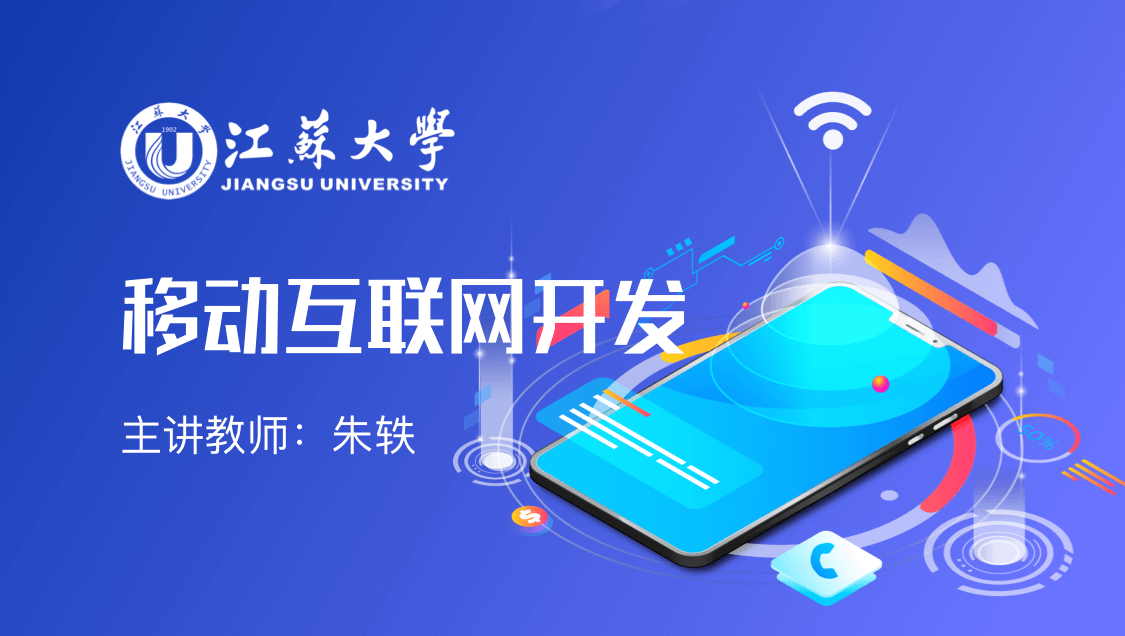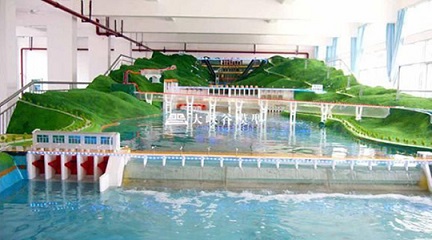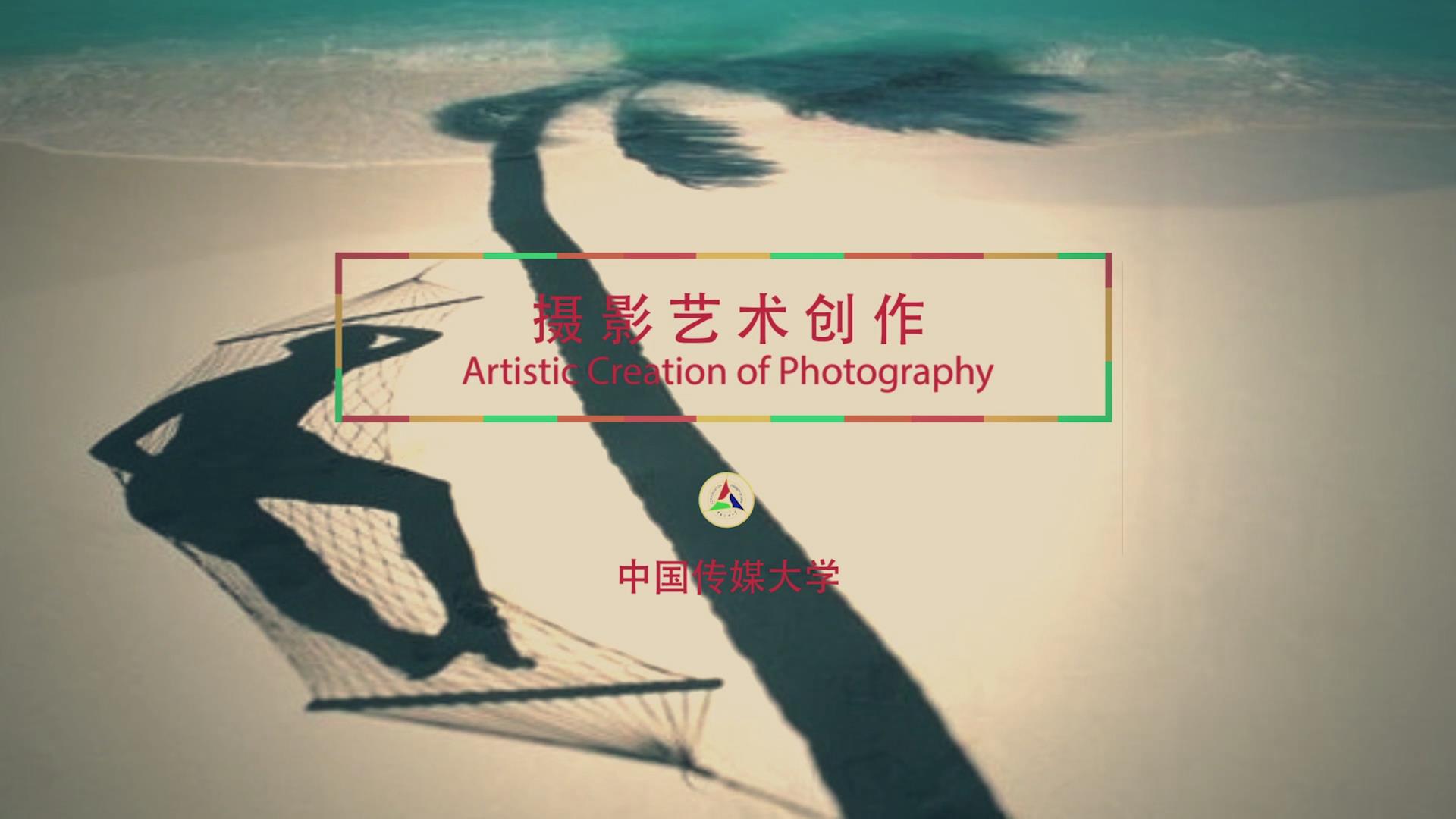
当前课程知识点:Traditional Chinese Medicine > Chapter 1 General Introduction > Section 2 Basic Characteristics of TCM > Basic Characteristics of TCM
返回《Traditional Chinese Medicine》慕课在线视频课程列表
返回《Traditional Chinese Medicine》慕课在线视频列表
Hello everyone
Today we’ll study the second section of chapter 1
As we have mentioned
during several thousands of years
TCM has made great contributions to the promotion of health
the proliferation and prosperity of the Chinese nation
and the enrichment and development of world medicine as well
We have getting to know about the history and development of TCM
Just as we talked about that the TCM evolved into a unique
integral system of medical theory through long clinical practice
And TCM is an important part of Chinese culture
Therefore TCM has its specific characteristics
which we are going to study for today
The basic characteristics of TCM
The formation of the theoretical system of TCM
was greatly influenced by ancient Chinese materialism and dialectics
The theoretical system takes the physiology and pathology of zang-fu organs
and meridians as its basis
and TDS as its diagnostic and therapeutic features
TDS is one of the two basic characteristics
It means treatment by differentiation of syndromes
The other one is holistic concept
Let’s start from the holistic concept
TCM has its own specific understanding both in the physiological functions
and pathological changes of the human body
and in the diagnosis and treatment of disease
TCM regards the human body itself as an organic whole
interconnected by zang-fu organs
meridians and collaterals
And TCM also holds that the human body
is closely related with the outside world
The human body is composed of various organs and tissues
each having its own distinct functions
which is a component part of the life activities of the whole body
There are 11 main organs inside our body
including five zang organs and six fu organs
The details about the organs we will
study in the part of visceral manifestation
Except for the 11 organs
there are 12 large meridians along our body
The meridians are the major trunks
and run longitudinally within the body
while the collaterals are the branches of the meridians
and are distributed as a net over the whole body
Therefore the meridians and collaterals
make all the body's organs and tissues an organic whole
by connecting the zang-fu organs with the extremities
connecting the upper part with the lower part
and connecting the internal part with the external part of the body
So the first aspect of holistic concept
is that each part of the body (zang-fu organs tissues and orifices)
is connected through the meridians and collaterals
forming a structural network
One side TCM regards the human body itself as an organic whole
interconnected by zang-fu organs
meridians and collaterals
On the other hand
TCM also holds that the human body
is closely related to the outside world
Human live in nature
and nature provides the indispensable conditions
to human's survival
The human body is bound to be affected directly
or indirectly by the changes of nature
The natural world constantly influences the body
The body adapts to conform to variations
in the natural and social environment
Human need to take measures to adapt the nature
For example when farmers plant crops
they need to plant the seeds in spring season
then the crops can grow in summer season
and farmers harvest their crops in autumn season
and store their grains in winter season
This a very good example that human being
obeys the natural rule to adapt their working in the field
However if someone plants seeds in winter
that would be a tragedy I think
And the changes of nature would affect our body
for example
our pulse condition always changes with the change of seasons
For most of people
the pulse may have a little tight in spring
a little surging in summer
floating in autumn and deep in winter
All the changes with seasons are physiological phenomena
Holism is the most basic guiding principle
in the clinical practice of TCM
For example
见肝之病 知肝传脾 当先实脾
This sentence comes from
jinguiyaolue (or which is called Synopsis of the Golden Chamber)
a classical book which was written
by Zhang zhongjing about 2000 years ago
It refers that for a good doctor
when he knows the disorder of the liver
he should know the transmission of liver to the spleen
then the strategy of tonifying spleen should be considered
The author of jinguiyaolue was
the most famous ancient Chinese doctor
he reminded us to take the patient
as an organic whole when we treating disease for the patient
TCM on one side is characterized by holism
on the other side
is characterized by treatment by differentiation of syndromes
Differentiation means comprehensive analysis
while syndrome refers to symptoms and signs
So differentiation of syndromes implies
that the patient's symptoms and signs
collected by the four diagnostic methods
are analyzed and summarized so as to identify the etiology
nature and location of a disease
and the relation between vital qi and pathogens
thereby determining what syndrome the disease belongs to
After the analyzing and diagnosing
the corresponding therapeutic method should be selected
The treatment such as herbs
acupuncture scrapping cupping etc
can be decided
The whole processing is called TDS
treatment by differentiation of syndromes
Based on the principle of TDS
two unique therapeutic methods
are broadly used in clinical practice
Different disease same treatment
Or same disease different treatment
Specifically
same therapeutic method
may be used to treat the different diseases
However
different therapeutic methods
may be used to treat the same disease
It sounds confused
Let me explain this
For example
patients having a cold may have symptoms
like fever aversion to cold cough headache etc
however
the TCM diagnosis for the patients
who have the same cold disease may different
such as external wind syndrome
external heat syndrome or external cold syndrome
Therefore the patients with same disease
would be treated in different ways
The reason for this is the principle of TDS
treatment by differentiation of syndromes
That means the treatment would be selected
based on syndrome not by disease
Other cases
there are some patients with different disease
like cold cough or headache
They may have the same syndrome
for example external cold syndrome
These patients would be treated in the same way
Here still because the TDS principle
Briefly we go through the two basic characteristics of TCM
One is holistic concept
the other is TDS
treatment by differentiation of syndromes
These two characteristics are very useful principles
for the clinical practice
OK That’s all for today
See you next class
-Section 1 General Introduction
--General Introduction
-Section 2 Basic Characteristics of TCM
--Basic Characteristics of TCM
--Basic Characteristics of TCM
-Section 1 Unity of Qi
--Unity of Qi
-Section 2 Yin-Yang Theory
--Yin-Yang Theory
-Section 3 Five-Element Theory
--Five-Element Theory
-Section 1 Overview of Visceral Manifestation
--Overview of Visceral Manifestation
--Overview of Visceral Manifestation
-Section 2 Five Zang Organs
--Five Zang Organs
-Essence, Qi, Blood and Body Fluid
--Essence, Qi, Blood and Body Fluid
--Essence, Qi, Blood and Body Fluid
-Section 1 Etiology of TCM
--Etiology of TCM
-Section 2 Pathogenesis of TCM
--Pathogenesis of TCM
-Section 1 Inspection of Tongue
--Inspection of Tongue
-Section 2 Pulse Taking
--Pulse Taking
-Section 1 Syndrome Differentiation
--Syndrome Differentiation
-Section 2 Therapeutic Principles and Methods
--Therapeutic Principles and Methods
--Therapeutic Principles and Methods
-section 1 four natures and five flavors
--four natures and five flavors
--dicussion of four natures and five flavors
-section 2 four directing actions of chinese medicinal herbs
--four directing actions of chinese medicinal herbs
--discussion works
-section 3 compatibilities of chinese medicinal herbs
--compatibilities of chinese medicinal herbs
--discussion works
-section4 diaphretics
--works
-section5 Interior Warming Chinese Medicinal Herbs
--Interior Warming Chinese Medicinal Herbs
--works
-section6 restorative Chinese Medicinal Herbs
--Restorative Chinese Medicinal Herbs
--works
-section 1 general intorduction of prescription
--general intorduction of prescription
--discussion works
-section 2 Prescriptions for Relieving Exterior Syndromes
--Prescriptions for Relieving Exterior Syndromes
--works
-section 3 prescription for Warming the Interior
--prescription for Warming the Interior
--discussion works
-section4 tonic prescription--Prescriptions for invigorating qi
--tonic prescription---Prescriptions for invigorating qi
--discussion works
-section5 tonic prescription--prescriptions for nourishing blood and nourishing yin
--prescriptions for nourishing blood and nourishing yin
--discussion works
-section6 peptic prescription
--discussion works
-Section 1 Cold
--Cold
--Cold
-Section 2 Headache
--Headache
--Headache
-Section 3 Stomachache
--Stomachache
-Section 4 Insomnia
--Insomnia
--Insomnia


